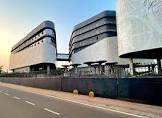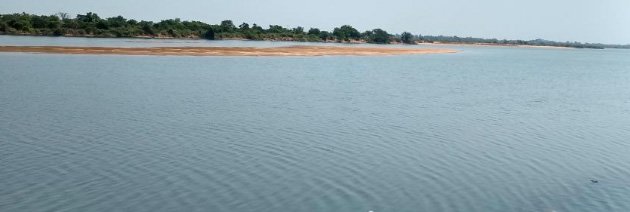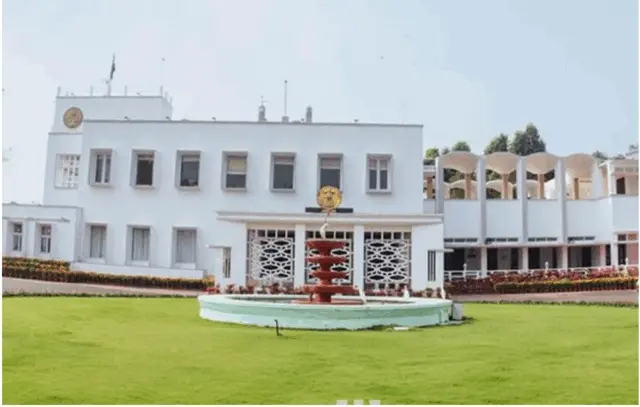New Delhi: Despite being hit by the lack of construction activities due to Covid 19 for a year, the steel industry has bounced back. The Indian steel sector contributes approximately 1.5% to its GDP and is one of the core sectors forming the backbone of the economy, providing employment to about 25 lakh persons directly and indirectly. India is the third largest manufacturing hub of steel pipe in the world and steel pipes constitute 8 to 10% of the steel consumption. Given the abundance of iron ore, coal and many other raw materials required for iron and steel making, there is immense latent growth potential for this industry in India.
The exports for the current fiscal, i.e., FY22 are expected to surpass that of FY21 (already crossed 70% of FY21). Although there has been border tensions with China, the steel industry has seen sustained trade flow between India & China. However, that comes with a positive note, i.e., exports accounted for Rs. 19,267 crores whereas imports from China accounted Rs. 16,369 crores.
These are some major findings of a report titled Steel Industry: Trends & Prospects released by Infomerics Valuation and Rating Pvt Ltd., the well-known SEBI-registered and RBI-accredited financial services credit rating company.
Government interventions
The government has been taking necessary steps to facilitate smooth production & sustaining of the steel industry. The National Steel Policy (NSP) (2017) was implemented to foster faster development of the industry to scale global benchmarks. This aspect has considerable contemporary significance because eastern India has the potential to add over 75 per cent of the India’s incremental steel capacity. It is expected that of the 300 MT capacity by 2030-31, over 200 MT can accrue from this region.
Yet another notable development is the approval of the PLI Scheme by the cabinet for “Specialty Steel” in India to be implemented over FY24 to FY30 with a budgetary outlay of ₹6,322 crore. The PLI incentive will boost domestic production of “Specialty Steel” and attract significant investment for its production in the country.
Challenges
Despite sustained production & trade the challenges remain to be there for the industry as with the coal shortage in India is increasing production and operating costs of steel companies. Further, global inflationary trends (including recent US inflation, where the CPI has surged to a 6.2 % for last 12 month in October 2021 due to higher fuel costs and disrupted supply chain) is also posing a threat of rising prices including of essential inputs. High energy costs in Europe are also a matter of concern since auto industry (an end-user of steel) is still suffering from semiconductor issues in European countries.
The report notes the fact that, any hit to the construction sector would also be reflected in the steel industry. This has exactly been the case where the COVID pandemic has severely hurt the construction sector. Although it is certainly difficult for the industry to upscale production, but it is by no means, un-doable. Achieving the goal calls for demand in greenfield and brownfield steel mills, up-scaling to acquire muscle and scale in global terms, technological modernization, and up-gradation to reap benefits of economies of scale and scope, enhancing energy efficiency and productivity and backward integration into global raw material sources constitute important elements of the growth strategy.
The way ahead
The report mentions that the optimism for the industry springs from India’s relatively low per capita steel consumption and the likely rise in consumption. The report specifically mentions about, surging infrastructure construction, the rapidly developing automobile and railways sectors, huge stimulus package launched in several countries across the development spectrum in the aftermath of the COVID 19 pandemic and the rising global steel prices are certain to provide an impetus to this sector.
However, to achieve the ambitious national objective of 300 million tonnes of production capacity by 2030-31 in terms of the National Steel Policy, 2017 and the National Mineral Policy- 2019, synchronized and concerted action with a sense of immediacy by all stakeholders to support the different stakeholders, increase financing by the private sector, and enhance consumption and trade of steel is required. Leading steel companies needed to enhance prices (hot-rolled coil or HRC) to offset coking coal price increase. In 2022, steel demand is expected to further increase by 2.2% to 1,896.4 MT. Thus, the global prospects seem good. The recent US infrastructure spend would also augur well for the industry by raising further global demand for steel.
-OdishaAge




